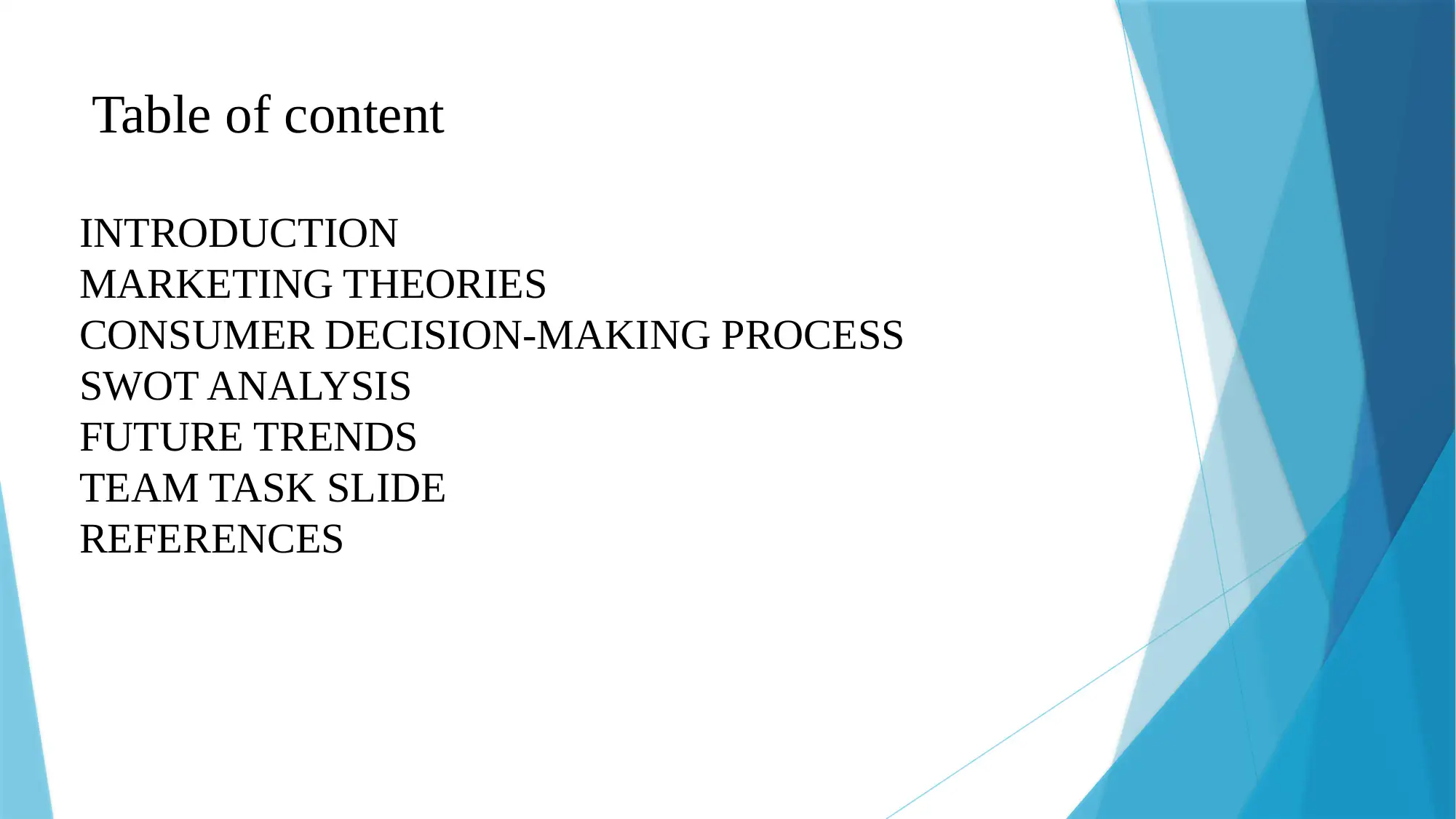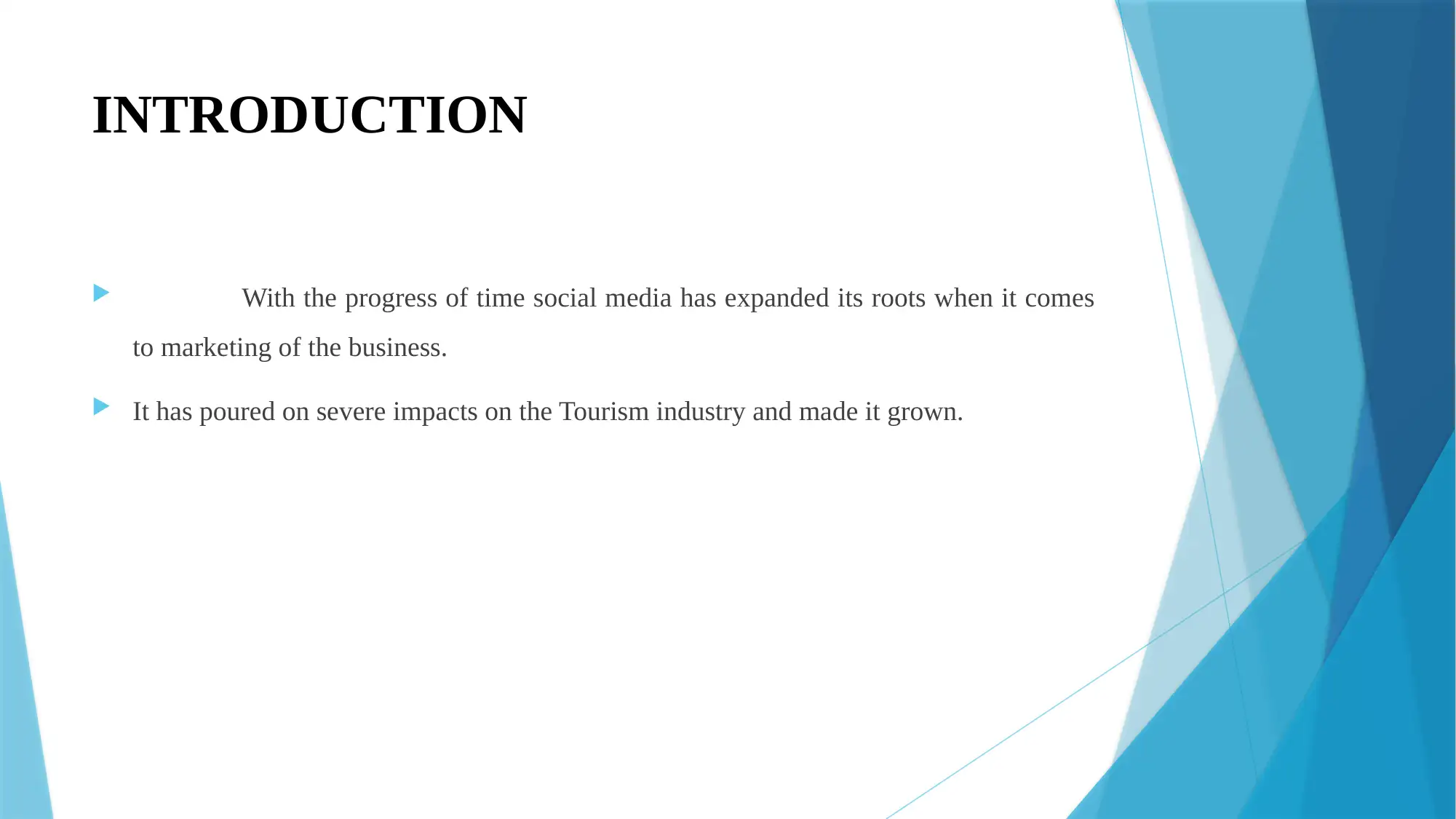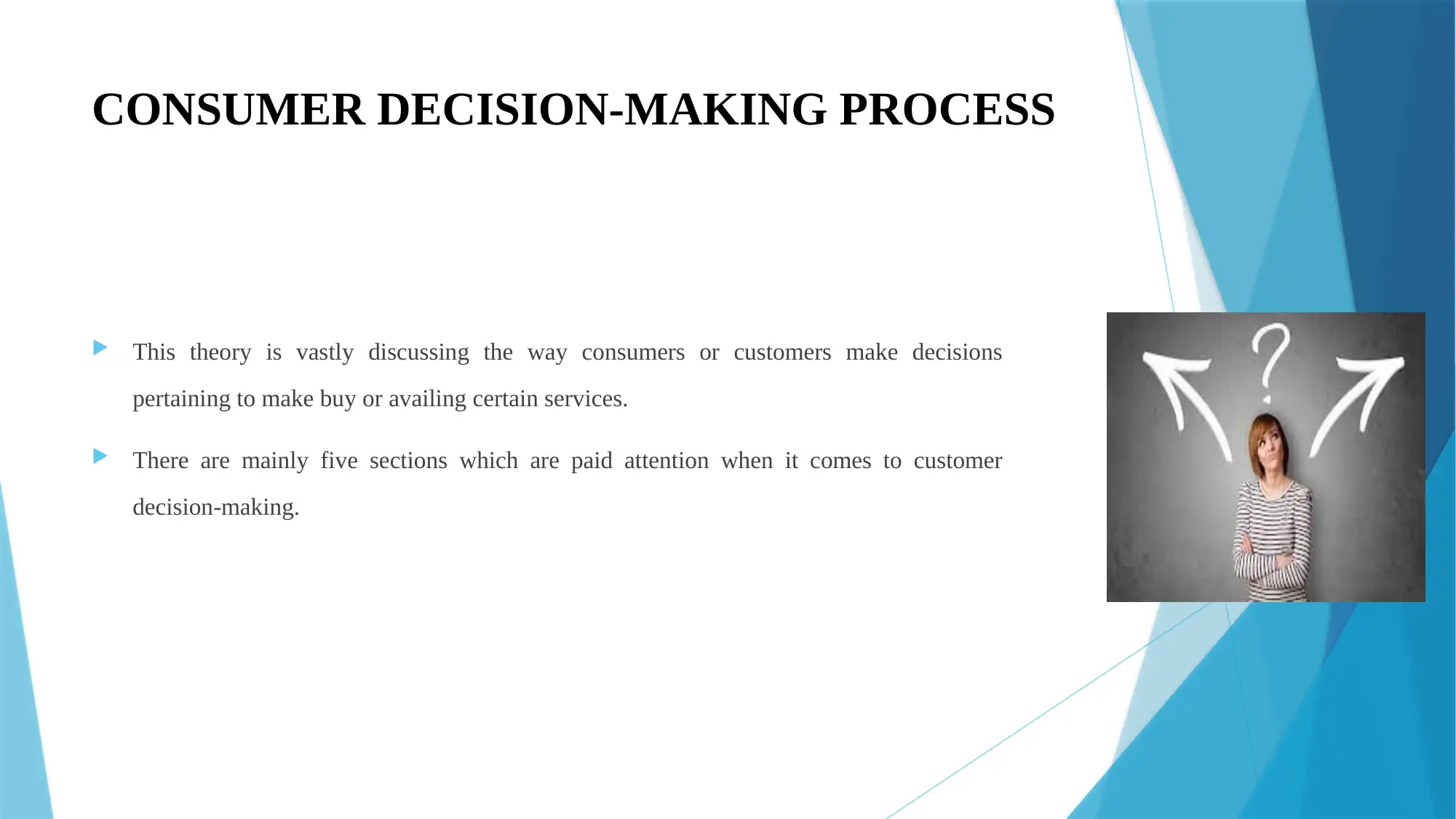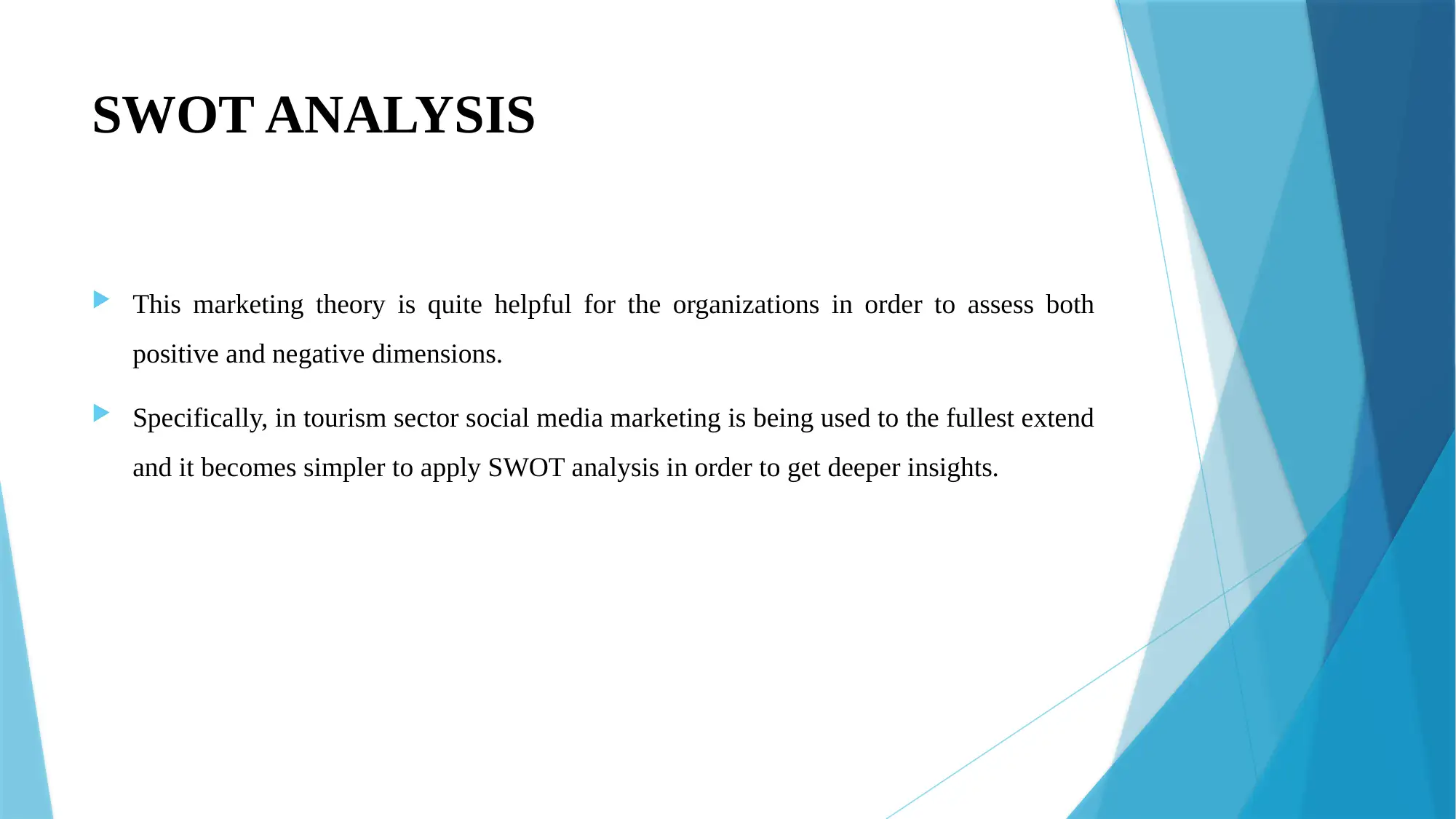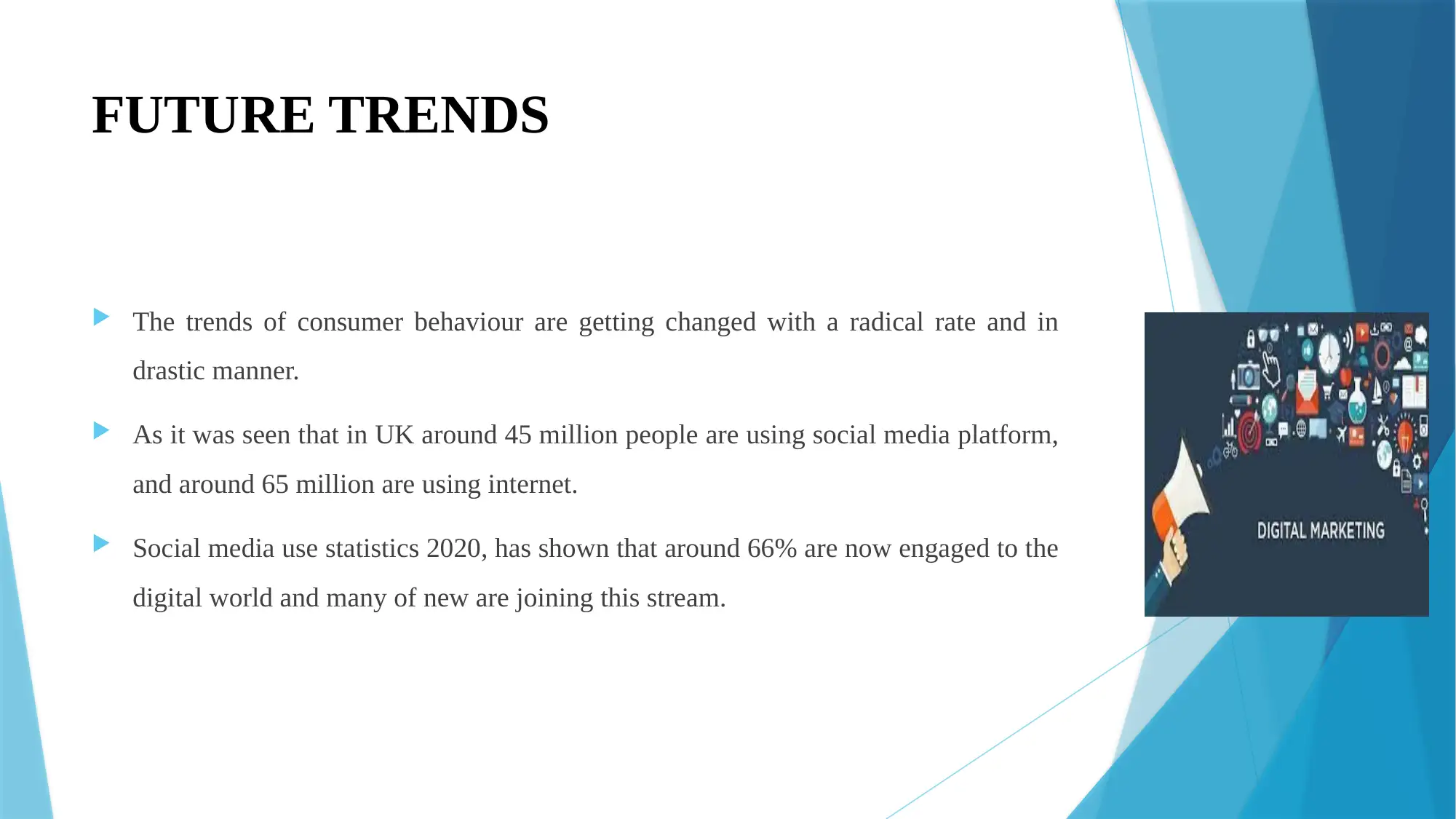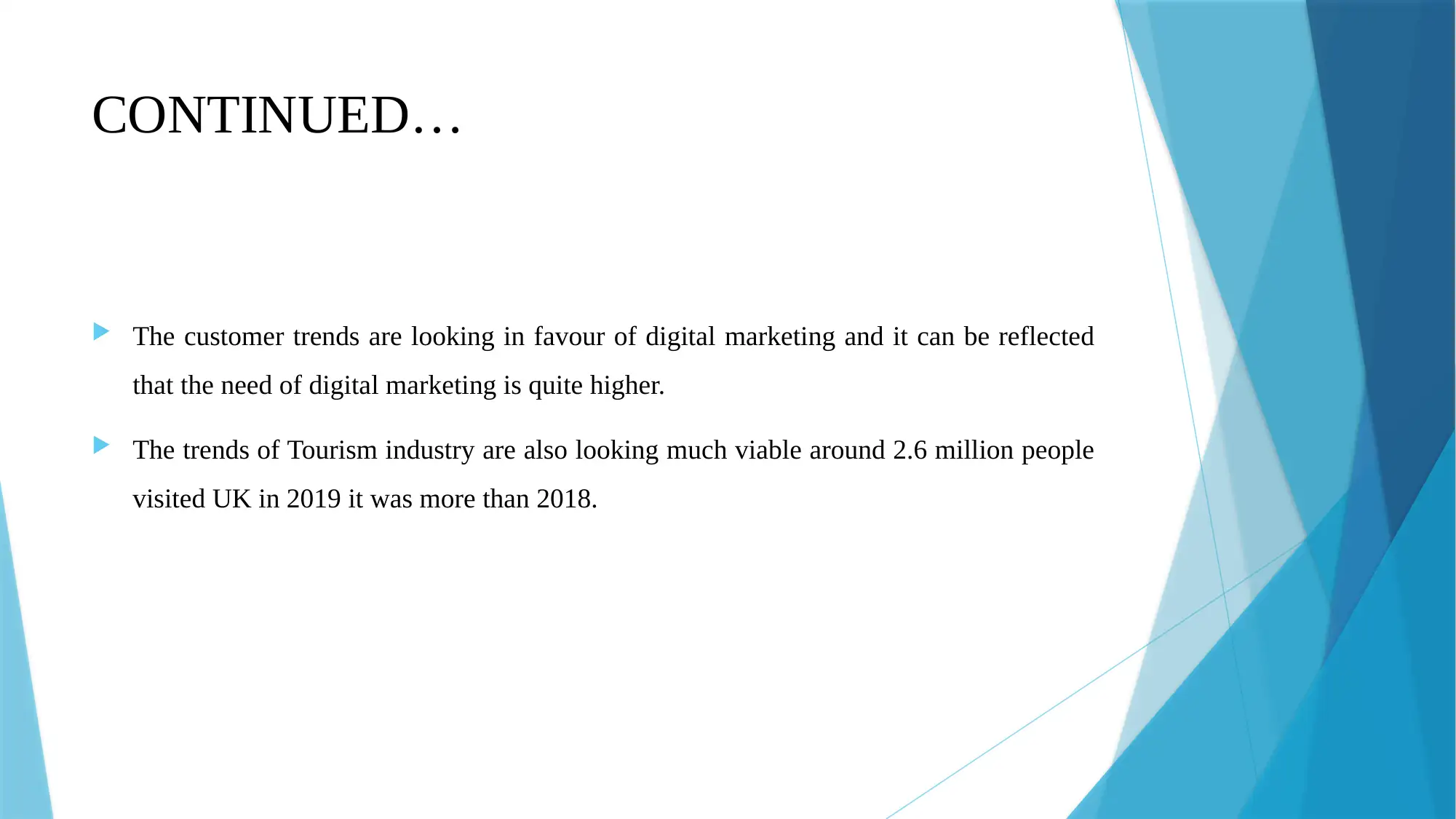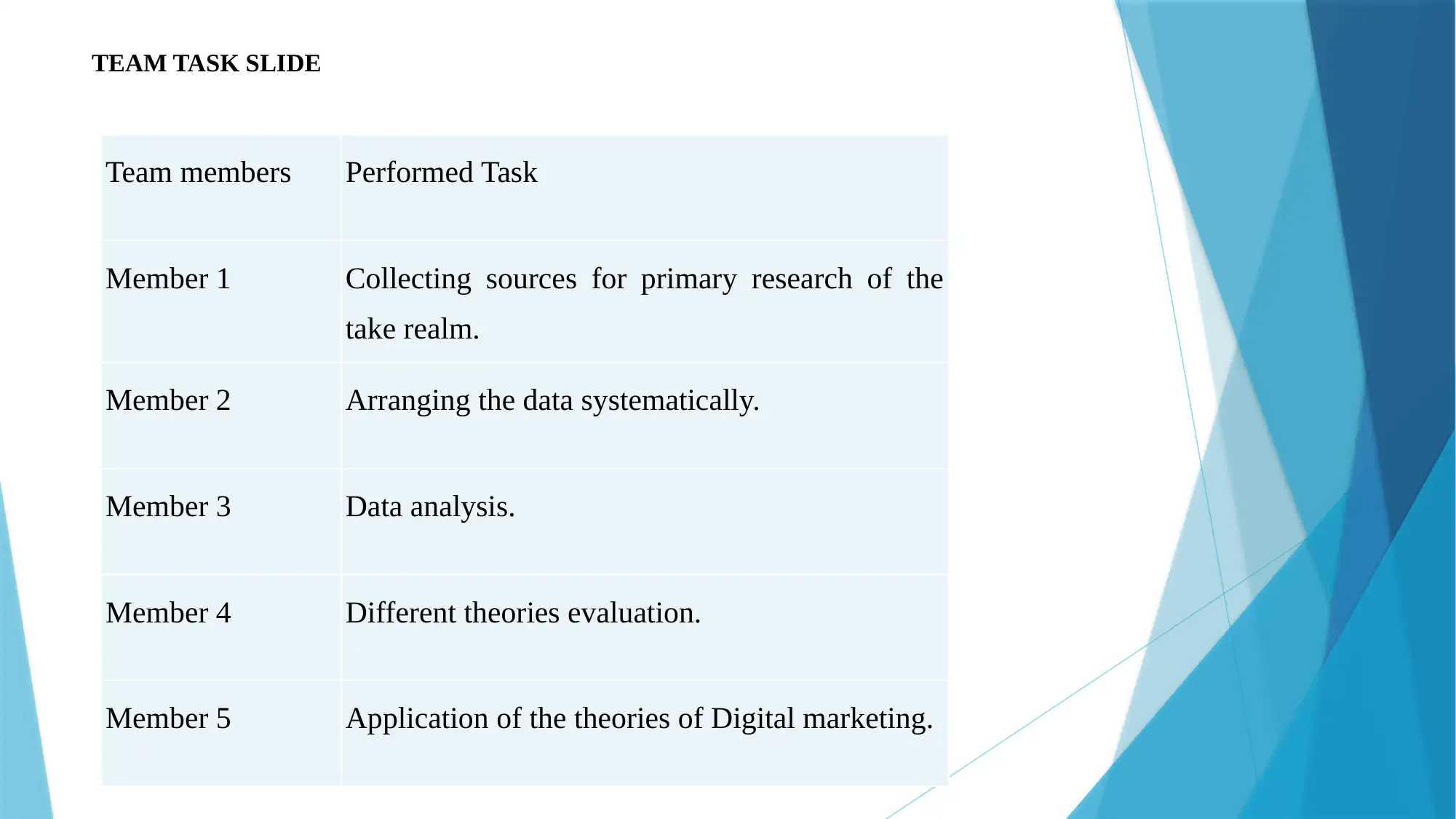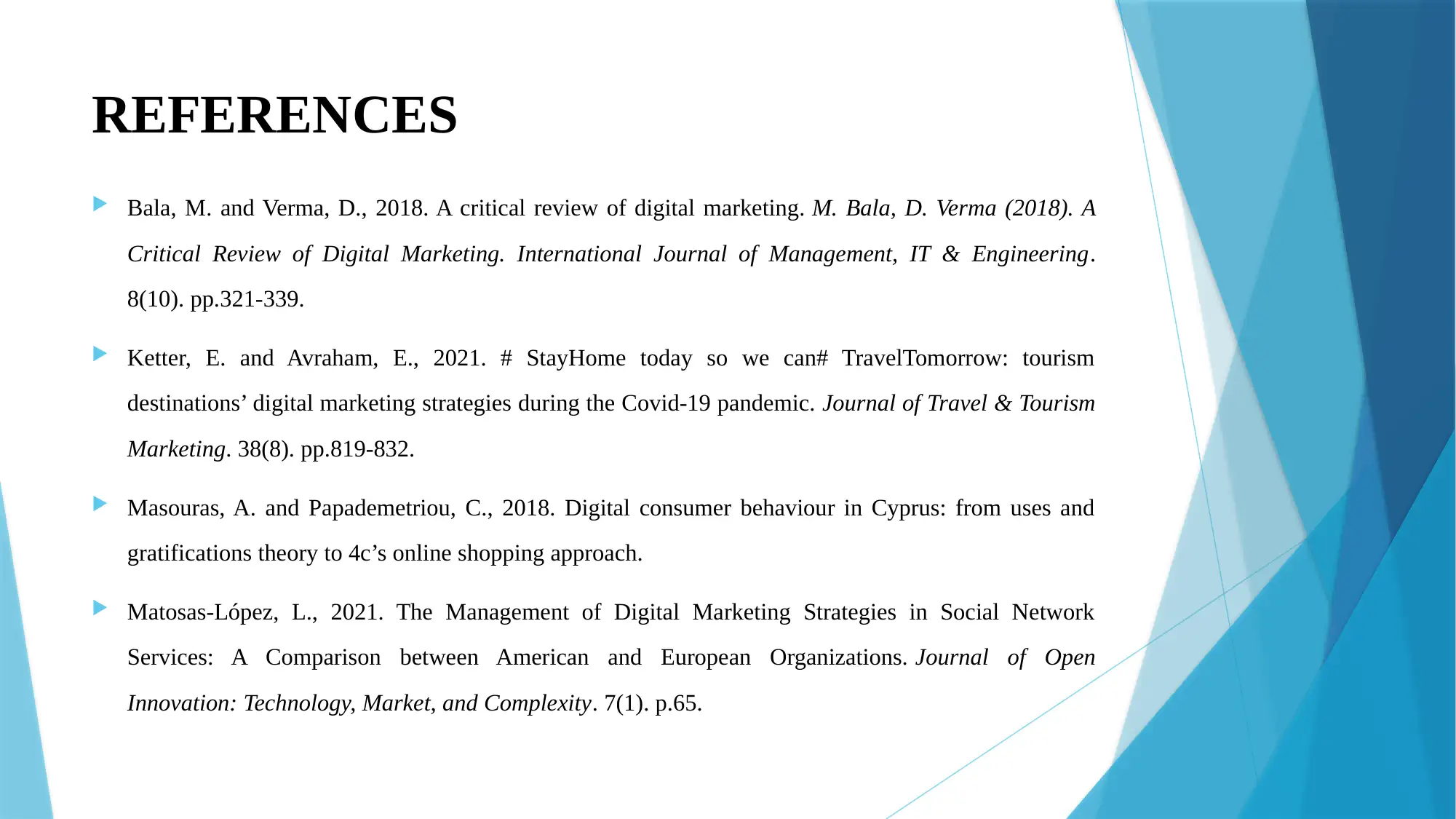British Airways: Digital Marketing Strategies and Consumer Decisions
VerifiedAdded on 2023/06/07
|10
|497
|384
Presentation
AI Summary
This presentation explores British Airways' digital marketing strategies within the tourism industry, focusing on consumer decision-making processes and the application of relevant marketing theories. It delves into the five key sections influencing customer decisions and utilizes SWOT analysis to assess the positive and negative dimensions of social media marketing in tourism. The presentation also highlights future trends in consumer behavior, noting the increasing engagement with digital platforms in the UK and the growing viability of digital marketing in the tourism sector. Furthermore, it includes a team task slide outlining the contributions of each team member in areas such as data collection, analysis, and the evaluation and application of digital marketing theories. The presentation concludes with a list of references used for research and analysis.
1 out of 10

